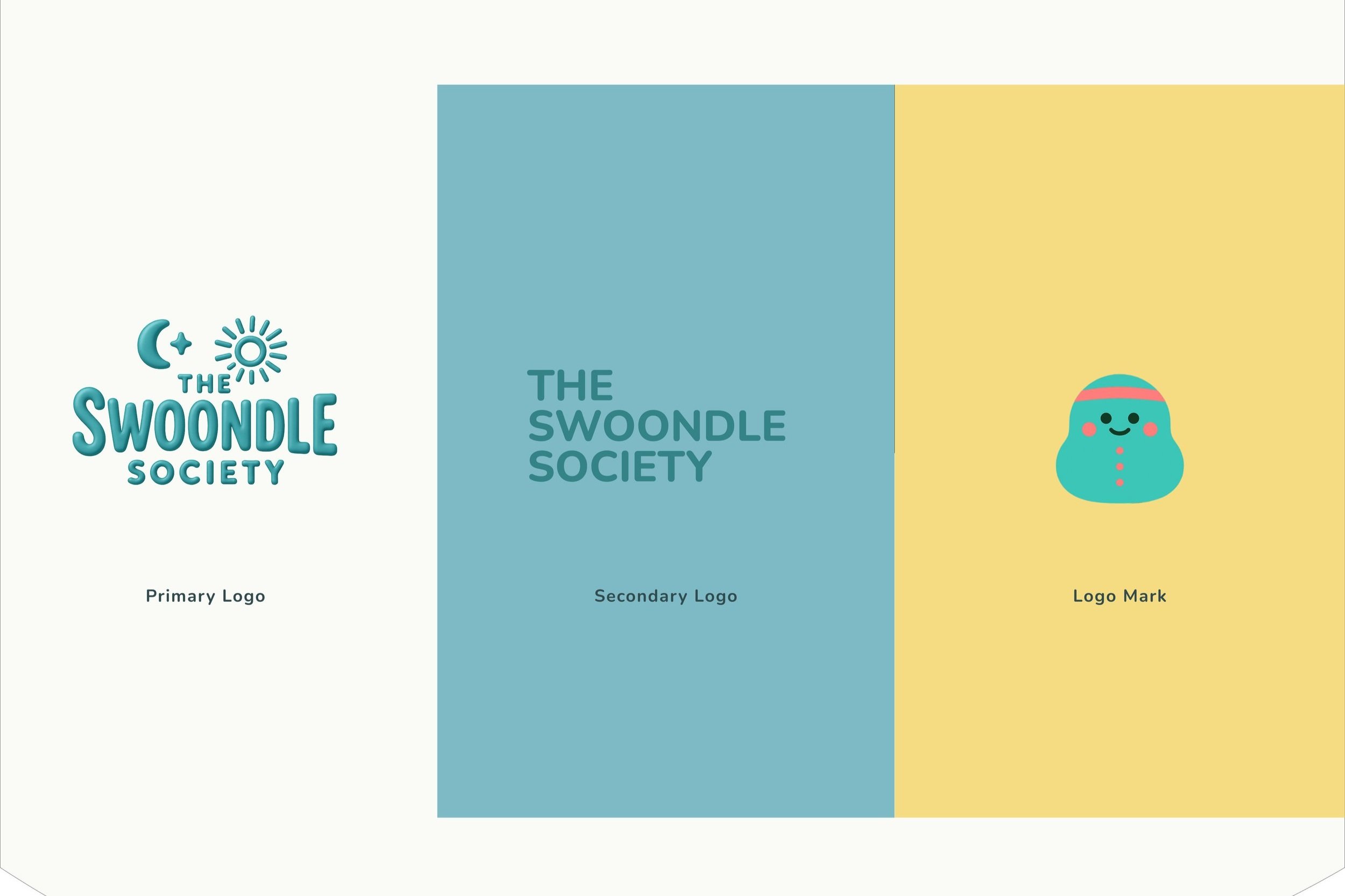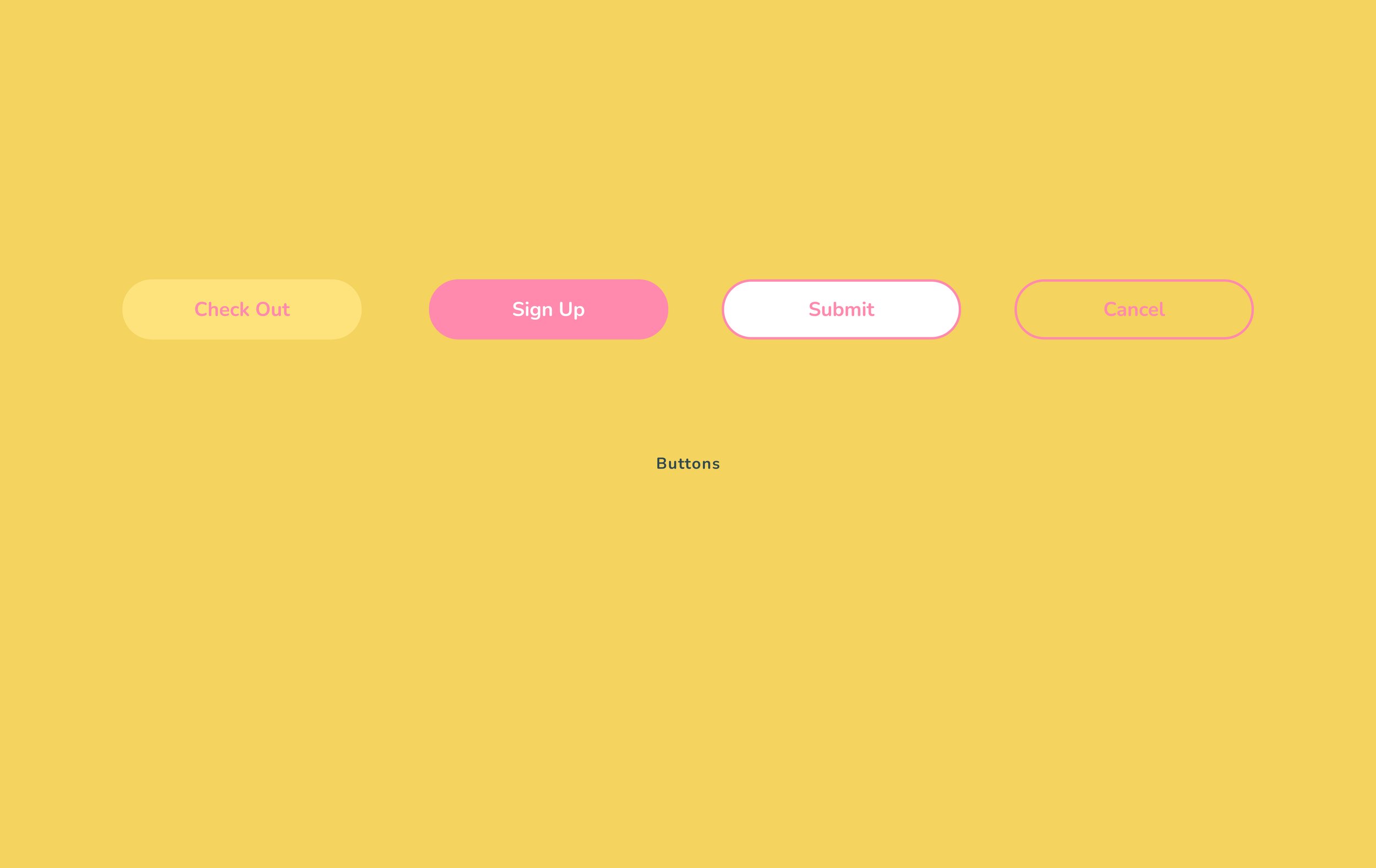The Swoondle Society
Swoondle Society, a fast-growing secondhand children’s clothing platform, sought to refresh its playful, community-driven brand and bring its sustainable swap model to mobile. I repainted their visual identity and led the end-to-end UX/UI design for iOS and Android—refining user journeys, wireframes, and brand-aligned interfaces. The launch sparked a 40% increase in downloads, 20% longer sessions, and a 46% jump in monthly active users, cementing their circular fashion presence.
Skip to…
The
Second Handed
Market
The global second-hand market is booming, expected to grow from $424.1B in 2024 to $478.99B in 2025. Second-hand apparel alone is set to double, reaching $85.76B by 2033. Within this space, curated resale—especially in children’s clothing—is outpacing traditional retail, fueled by Gen Z and millennial parents prioritizing sustainability and value. ThredUp projects the resale industry to hit $73B by 2028, with kids’ apparel playing a key role. As demand for eco-friendly, affordable options rises, peer-to-peer platforms are well-positioned to lead the circular economy’s growth.
Research
-
To understand the end-to-end experience of parents and caregivers trading children’s clothing—identifying pain points, motivations, and trust factors—to inform the design of a more intuitive, community-driven mobile app.
-
Uncover existing frustrations with buying, selling, and swapping children’s clothing.
Identify users’ mental models around pricing, listing workflows, and swap mechanisms.
Gauge trust and community validation needs (e.g., peer feedback, item condition).
Surface branding perceptions and navigation expectations to guide interface decisions.
-
Can you tell me about how often you buy or swap children’s clothing, and which platforms you typically use?
What factors influence your decision to buy second-hand vs. new clothing?
Walk me through your last experience swapping or selling a piece of clothing. What felt difficult or confusing?
How do you feel about listing items yourself—are there any aspects you find tedious or unclear?
How do you assess the condition of an item before purchasing? What helps you trust the seller?
What would make you feel more confident in completing a swap or sale—any specific community or interface features?
“I hate having to photograph and list each piece one by one—it feels like a full-time job. I’d much rather just send a bag of clothes and have the platform handle the rest.”
“I want to know someone else vouches for the item’s condition. If I can see a quick comment or rating from another parent, I feel much better about swapping.”
“Hidden fees always catch me off guard. If I’m trading clothes, I need to know exactly what I’m earning and spending up front—no surprises.”
“Seeing a simple progress bar during uploads would ease my anxiety.”
“Navigating to the swap page feels like a maze. I end up frustrated when I can’t find where to list or browse without clicking through five different menus.”
“When I see different colors and fonts everywhere on a site, I worry it’s not trustworthy. A consistent look makes me feel more confident clicking through.”
User Personas & Journey
S
-
Specializing exclusively in secondhand children’s wear differentiates Swoondle Society from general resale marketplaces and aligns directly with budget-conscious, sustainability-minded parents.
-
A clear ethos of circular fashion resonates strongly with eco-conscious families, fostering positive brand sentiment and grassroots word-of-mouth engagement.
-
Existing community features—forums for parent-to-parent advice, peer feedback on listings, and local meetups—encourage trust and repeat participation among active users.
-
Although visual identity has been inconsistent, Swoondle Society has already garnered a small but loyal user base in key metropolitan and suburban areas, offering a foundation to build upon.
W
-
Erratic color palettes, mismatched typography, and unclear messaging have created a fragmented visual presence, undermining trust and making it difficult for new users to grasp the platform’s value proposition.
-
The current site lacks a logical menu hierarchy and consistent labeling—visitors struggle to find browse, swap, or manage-listing functions, resulting in high bounce rates and low conversion.
-
In a mobile-first market, the absence of a dedicated iOS/Android app means missed opportunities for push-based engagement, personalized notifications, and on-the-go convenience—key drivers of adoption in peer-to-peer marketplaces.
-
The legacy “levels” structure for swaps is opaque to new users; lack of transparent point-based incentives makes it difficult to understand how to earn or redeem rewards, leading to frustration and drop-offs.
-
As a niche platform, total listings are far smaller than national competitors. Geographic coverage is still concentrated in a few cities, meaning many interested families cannot find local swap partners.
O
-
Designing an intuitive, gamified mobile experience (with clear point-based swap tracking) can capture on-the-go parents, enable push notifications for new listings, and drive repeat usage.
-
A cohesive visual refresh—consistent color palette, typography, and iconography—coupled with a transparent, point-based system (replacing levels) will boost clarity, reduce user confusion, and reinforce brand credibility.
-
Establishing local drop-off kiosks or weekend pop-up swap events (in partnership with family-focused retailers or community centers) can bridge digital convenience with in-person trust, attracting users who hesitate to ship items.
-
Introducing peer-review badges, “Swap of the Week” highlights, and AI-driven recommendations (e.g., “Parents like you also swapped these”) deepens community engagement and increases time spent on the platform.
-
Collaborations (e.g., co-branded swap promotions or limited-edition capsules) can enrich inventory quality, elevate perceived value, and attract new user segments interested in premium, eco-friendly children’s wear.
-
Publishing blog guides (e.g., “How to Prep Your Kid’s Clothes for Swap,” “Sizing Tips for Growing Children”) and hosting virtual workshops on sustainable parenting can position Swoondle Society as an authority and drive organic traffic.
T
-
Major platforms like Poshmark and ThredUp continue expanding their children’s categories, often offering wider reach, faster listing processes, and stronger marketing budgets, which can siphon potential users.
-
New entrants focused on “send-and-swap” or peer grading by condition may offer more seamless intake or superior trust signals—eroding Swoondle Society’s community base if not addressed quickly.
-
Reduced disposable income or changing spending priorities could dampen both supply (fewer items listed) and demand (fewer swaps), making it harder to maintain critical mass.
-
Instances of misrepresented item conditions, inconsistent shipping experiences, or slow customer support can rapidly erode community trust and lead to negative word-of-mouth.
-
Scaling the platform—especially when adding a mobile app or omnichannel touchpoints—requires robust infrastructure and user support. Failure to maintain speed, reliability, or seamless customer service risks user churn.
Competitive Analysis
Poshmark
-
Large, Engaged Community: Millions of active users create high inventory turnover and social sharing loops that drive ongoing engagement.
Social-Driven UX: “Like,” “share,” and in-app chat features foster a highly interactive, community-centric shopping experience.
Mobile-First Listing Flow: Easy, streamlined process for sellers to photograph, price, and list items directly from their phones.
-
High Seller Commissions: The standard 20% fee (minimum $2.95 for lower-priced items) can discourage small or value-oriented sellers.
Variable Quality Control: Limited centralized inspection means item condition can be inconsistent, leading to buyer dissatisfaction.
Overwhelming Inventory: Sheer volume of listings can make discovery challenging; advanced filters exist but aren’t always intuitive.
Hanna-Me-Downs
-
Boutique Curation: Carefully selected, high-quality children’s apparel that appeals to mid- to high-income families.
Premium In-Store Experience: Personalized drop-off appointments, professional pricing, and boutique ambiance reinforce brand trust.
Strong Local Reputation: Established in a specific metro area with loyal repeat customers and strong word-of-mouth.
-
Minimal Online Presence: Website often limited to a static catalog without advanced search or mobile optimization.
Narrow Market Segment: Focus on premium, higher-end items may exclude budget-conscious shoppers.
Geographic Restriction: Only serves a single city or region; expansion requires significant capital for new storefronts.
Local Consignment
-
In-Person Trust: Physical storefronts and face-to-face drop-off instill confidence in quality, condition, and value.
Community Integration: Local clientele often return repeatedly, fostering strong word-of-mouth and loyalty.
Hands-On Support: Store staff handle inspection, pricing, and merchandising, relieving sellers of logistical headaches.
-
Limited Geographic Reach: Only available to neighborhoods near their brick-and-mortar locations; online presence is often basic.
Outdated Digital UX: Many local catalogs lack the refined filtering, search, and mobile optimization found on national platforms.
Variable Inventory Turnover: Dependent on foot traffic and local demand, which can fluctuate seasonally.
ThredUp
-
Hands-Off Consignment Model: Users mail in items and let ThredUp handle inspection, photography, pricing, and fulfillment.
Professional Quality Control: Rigorous inspection ensures buyers receive consistent, accurately described products.
Personalized Sizing & Recommendations: Data-driven filters and size-prediction algorithms improve shopping accuracy and reduce returns.
-
Lower Seller Payouts: Commission tiers (50–80%) often leave sellers with only 5–30% of list price, discouraging price-sensitive consignors.
Longer Time-to-Sale: Inspection and listing processes can delay items going live, hurting sellers who want quick turnaround.
Limited Seller Control: ThredUp sets final pricing and handles markdowns, reducing transparency and seller autonomy.
Key Takeaways
1
-
Parents expressed a strong desire for a hands-off intake process, preferring to send multiple items at once rather than listing each piece individually.
2
-
Interviewees reacted negatively to hidden fees and convoluted point-level structures; a straightforward, point-based system with clear fee disclosures was preferred.
3
-
Fragmented visual identities—such as inconsistent color palettes or typography—undermined trust. A cohesive brand refresh was critical to fostering reliability.
4
-
Participants valued peer reviews on item condition and style; features like user ratings and comments increased their willingness to engage.
Ideation
During the ideation phase, I explored ways to strengthen Swoondle Society’s identity, simplify its swap mechanics, and create a seamless, community-driven experience for parents and caregivers. By mapping out user journeys and evaluating technical feasibility, I generated a set of high-impact concepts that address both brand consistency and functional requirements. These ideas formed the foundation for our design roadmap and prioritized features that would drive engagement, trust, and growth.
Solutions
-
Develop a comprehensive visual language—including a unified color palette, typography scale, and iconography—to ensure consistency across all touchpoints. Document style guidelines in a living design system to maintain brand integrity and streamline future updates.
-
Conduct a thorough content audit and card-sorting exercise to define a clear hierarchy of core actions (e.g., Browse, Swap, Manage Listings). Redesign the global navigation with consistent labeling and breadcrumb trails, ensuring users can quickly locate and return to primary workflows.
-
Replace the opaque “levels” structure with a straightforward, point-based model. Integrate real-time visual cues—such as progress bars and toast notifications—so users immediately understand point accrual and redemption. Include contextual tooltips to explain point values and swap requirements.
-
Design and develop responsive layouts optimized for iOS and Android, using mobile-specific heuristics (thumb-reachable tap targets, minimal form fields, fast-loading assets). Implement native app capabilities—like push notifications and offline caching—to enhance on-the-go convenience and retention.
-
Introduce a seller verification process (e.g., email or phone confirmation, identity badges) to increase credibility. Standardize listing quality by providing users with a guided photo-capture interface and condition checklists. Surface verified badges and condition grades next to items to reassure buyers.
-
Implement faceted filtering (size, season, brand, condition) and a predictive search autocomplete to help users quickly narrow down inventory. Develop a recommendation engine that leverages user preferences and historical data to surface high-relevance swaps in a personalized “For You” feed.
Usability Test
-
Date: June 17–18, 2025
Participants: 5 parents (ages 28–42) with 1–3 children
Format: Remote moderated (via Zoom)
Prototype: Mid-fidelity, mobile app (Figma)
-
Assess ease of use for core tasks: requesting a trade-in bag, tracking points, redeeming points
Identify pain points in navigation and understanding of features
-
Task 1: Request a Trade-In Bag
"You want to trade in your child’s outgrown clothes. Show me how you’d start this process in the app."
Metrics: Success rate, time-on-task, error rate, verbalized confusion
Task 2: Check Your Points
"You’ve already sent your bag. Show me where you’d check your earned points."
Metrics: Navigation clarity, recognition of labels, confidence
Task 3: Redeem Points to Shop
"You now have points. Use them to shop for a new outfit for your child."
Metrics: Task completion, understanding of point-to-value conversion, purchase flow ease
-
Problem 1: Unclear Trade-In Status
Problem 2: Lack of Transparency in Valuation
Problem 3: Lack of Transparency in Valuation
Now introducing...
Now introducing...






interactive onboarding
personalization
Results & Takeaways






















